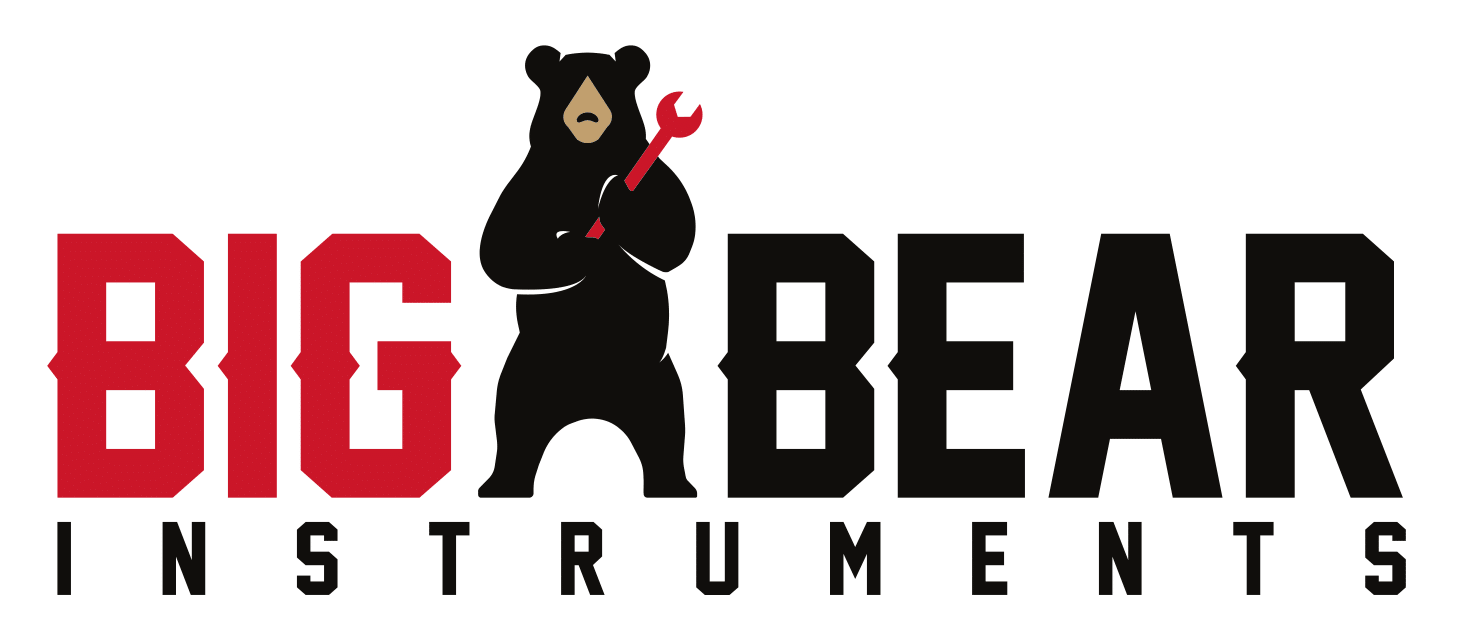Oftentimes, Kodiak comes across a customer caught in a sticky situation – literally – where wastewater, sludge, or other solids can clog up the orifice of their pressure gauge. To prevent this issue from happening, our technical specialists suggest the gauge to be mounted to a diaphragm seal. A diaphragm seal will not only help keep sticky situations away, it will preserve the accuracy and operating life of the pressure gauge itself. Pretty neato.
Kodiak was recently challenged with a customer needing a little more than a pressure gauge mounted to a diaphragm seal. They were looking for a gauge that could handle hazardous media associated with a sewer station (not-so-clean water). The gauge they were requesting needed to be protected from harsh media, limited in pressure spikes, equipped with the ability for a flush out, and armed with a shut off valve (in the instance where they need to replace the gauge). Whew – did we lose you yet?
Our team of experts worked diligently with our customer to engineer the most efficient assembly for their application. Please allow us to introduce our newest custom engineered product containing a pressure gauge, snubber, diaphragm seal, gauge cock, and ball valve:
Interested in more? Here’s a detailed explanation for each product’s function in the assembly:
- Kodiak KC Series Pressure Gauge: Kodiak's KC Series liquid filled pressure gauge was chosen to help combat the vibration of our customer's pump system.
- Brass Snubber: A brass snubber was added in between the pressure gauge and the diaphragm seal in order to try and limit the amount of pressure spikes (which can decrease the life span of the pressure gauge).
- Kodiak DSM Series Diaphragm Seal: Kodiak's DSM Series diaphragm seal was mounted to the pressure gauge to prevent clogs in the tiny orifice of the pressure gauge (which in turn would cause the pressure gauge to become inaccurate or even damaged).
- Brass Gauge Cock: A brass gauge cock was added in the middle of the assembly to allow for the end user to flush water into the assembly and clean the bottom of the diaphragm seal (in case any solids clog or harden on the inside), without having to disassemble the entire assembly.
- Ball Valve: The ball valve on the bottom of the assembly was added for the shutoff function. If there is ever a situation where the diaphragm seal or pressure gauge is to stop working and would need a replacement, our customer can turn the valve to the off position. This function prevents the water from gushing out of the pipes while they repair the gauge-on-seal assembly – think of it like the handle on a sink – they can close the valve and keep the media in the pipe from leaking everywhere.
Have questions, comments or want to request your very own custom engineered product from Kodiak? Contact us. We’d love to hear from you.


 PROCESS CONTROL & MEASUREMENT SOLUTION EXPERTS
PROCESS CONTROL & MEASUREMENT SOLUTION EXPERTS